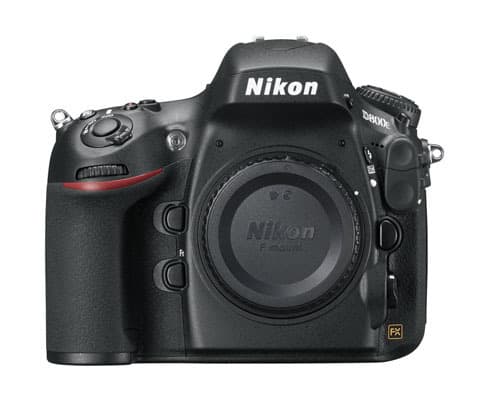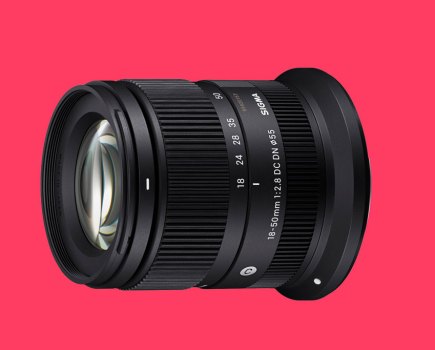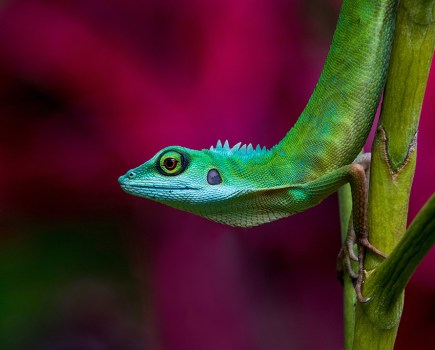Yokohama – Nikon has revealed more about the technology inside its D800E DSLR, in an exclusive interview with Amateur Photographer.
At its launch, last Tuesday, Nikon said it had removed the D800E’s anti-aliasing filter, a move Nikon conceded risked the appearance of ‘false colour and moiré’ in photos.
Speaking at CP+ a few days later, the company?s general manager for marketing, Nobuaki Sasagaki, explained that if Nikon had completely removed the low pass filter the D800E?s sensor would have to be repositioned to compensate for the change in optical path – and this would make the cameras very expensive to produce.
Sasagaki said Nikon removed one of the low pass filters and replaced it with another that redirects the light in a way that makes it appear there is no filter there at all.
?Digital cameras usually have two low-pass filters,? he explained. ?The first divides the light path into two paths and the second one divides each of those paths again, to make four paths. We have replaced the second filter so that the two paths are directed back to become one again. This simulates the effect of having no low-pass filter, and it can be done easily and without shifting the focus position of our lenses.?
Sasagaki went on to claim that the difference in resolution between the D800 and the D800E would not be noticed by amateurs, but that professionals would appreciate it and see the benefits of the E variant.
?It is not possible to put a numerical value on the increase in detail resolution that this process delivers,? he said when pressed for a percentage figure. ?A number cannot represent the extent of the benefit, but the eye can see it.?
When asked who Nikon thought would buy the E version Mr Sasagaki said it would be landscape and studio photographers, and people who needed lots of detail in their images.
?There will be some medium-format users who will be attracted by the portability of the D800, but this camera will produce a different style of picture. The depth of field with the FX (full frame) sensor will be different to that achieved with the larger sensors of medium format cameras.?
It seems current Nikon users will not need to upgrade their lenses to make the most of the 36.3-million-pixel resolution, so long as they have modern optics already. ?Our range of fixed lenses is particularly well suited to this camera, but all our current high-end lenses with Nano Crystal coating will provide enough resolution for this sensor. Fixed focal length lenses are one of Nikon?s great strengths,? Sasagaki added.
New DSLR on the way
Officially, the D800 has not replaced the D700 in Nikon?s range of DSLRs, and Sasagaki said that, so long as there is demand for the D700, Nikon will continue to produce the bodies.
However, he revealed that the D800E and the D4 would not be the only DSLRs that Nikon will launch this year, though he would not be drawn on timing.
Sasagaki said that each camera that Nikon produces must have a clear technological benefit to the end user. With the D800 it is resolution and with the D4 it is noise control and very high ISO settings.
?When you create a benefit like this, photographers will use it and begin to take pictures that they wouldn?t have done before. When we introduce new technology we create new styles of photography. Each new camera has to allow you to take pictures that you couldn?t on your current camera.?
Nikon is concentrating on improving the quality of its range and not looking to introduce new types of camera. But, when asked about a higher-end mirrorless camera, perhaps with a larger sensor or in an S-style rangefinder body – or a simpler camera like a digital FM3a – Sasagaki said that, while that may happen in the future, the company has no plans for now.
However, he did say that the 1 Series would be developed much further and that some of those camera styles might be covered by a 1-series model.
Asked about the impact of the earthquake and floods of 2011 on the launch cycle of Nikon?s DSLRs, Sasagaki said products such as the D800 would not be delayed. ?Nikon has four factories, two in Japan, one in Thailand and one in China. Two were hit by disaster last year.
‘We are working on ways to safeguard production from these problems in the future and, while having two factories with D800 production lines is possible, it would not be an effective way to operate.?
[Editing by C Cheesman]







